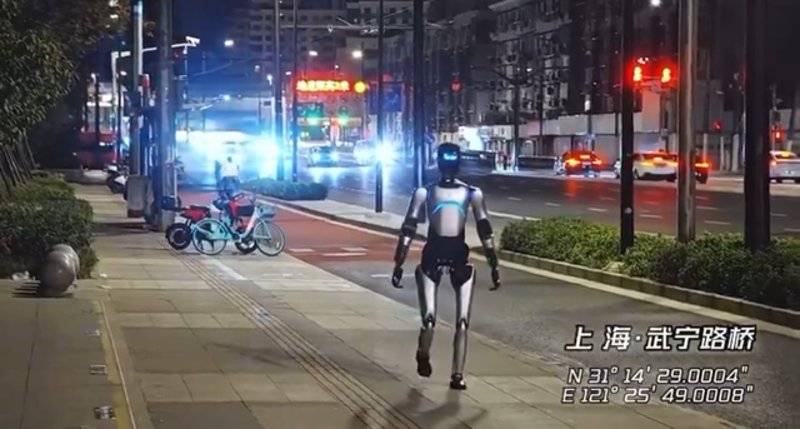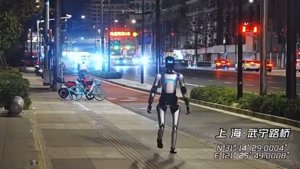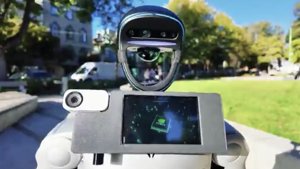While you were complaining about your morning commute, AgiBot Innovation (Shanghai) Technology Co., Ltd. had its A2 humanoid robot take a leisurely three-day stroll and smash a Guinness World Record. The robot walked a continuous 106.286 kilometers (about 66 miles) from Suzhou to Shanghai, officially earning the title for the “Longest journey walked by a humanoid robot”. This little jaunt, which ran non-stop from November 10th to the 13th, was powered by a series of hot-swappable batteries, proving that with enough juice, even a robot can complete a Forrest Gump-style journey.
This wasn’t just a walk in the park. The A2 navigated complex urban environments, including highways, city streets, bridges, and even pesky tactile paving, all while adhering to traffic laws—a feat some human pedestrians have yet to master. Outfitted with dual GPS modules, LiDAR, and an infrared depth camera, the robot managed the entire trip with only minor wear on the rubber of its soles. Upon arrival, the robot reportedly joked that it “might need new shoes,” displaying a level of dry wit we can’t help but respect.
Why is this important?
Beyond the shiny new world record, this marathon walk is a grueling, real-world stress test. AgiBot is demonstrating the endurance and reliability of its hardware and balance algorithms, moving beyond controlled lab demos into the chaotic reality of public spaces. This isn’t just for show; the company plans to deploy over 1,000 of these tireless walkers in 2025 for commercial tasks like reception, delivery, and sorting. This 106km trek serves as a powerful, if lengthy, statement that their robots are ready for the workforce. The only remaining question is, having reached its destination, did it simply stop because the task was complete, or did it just get bored?






